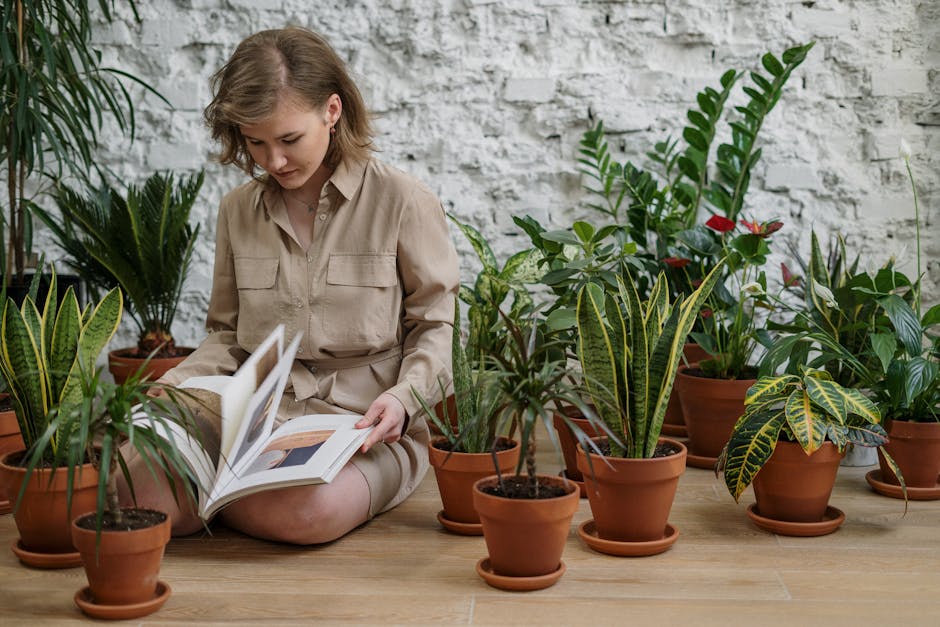How to Choose the Best Plants for Your Climate

Choosing the right plants for your climate is a crucial step in gardening and landscaping. The success of your garden largely depends on selecting plants that can thrive in your local weather conditions. Understanding your climate zone, soil type, and the specific needs of various plants will help you make informed choices that lead to a vibrant and sustainable garden.
Understanding Climate Zones
Climate zones are geographical areas with distinct weather patterns, which play a significant role in determining which plants can grow successfully. The United States Department of Agriculture (USDA) has divided North America into 13 hardiness zones based on the average annual minimum winter temperature. Each zone is further subdivided into 'a' and 'b' sections to provide more precise guidelines. Knowing your USDA hardiness zone can help you choose plants that are likely to survive the winter in your area.
For instance, if you live in USDA Zone 5, you would look for plants that can withstand temperatures as low as -20°F to -10°F. Plants like coneflowers, hostas, and lilacs are well-suited for this zone. Conversely, if you're in USDA Zone 9, which has milder winters, you might opt for tropical plants like hibiscus, bougainvillea, and citrus trees.
It's also important to consider microclimates within your garden. Factors such as sun exposure, wind patterns, and proximity to buildings can create variations in temperature and humidity that affect plant growth. A south-facing wall may create a warmer microclimate suitable for more tender plants.
Soil Considerations
The type of soil in your garden is another critical factor when selecting plants. Soil can vary widely even within small areas and can be classified into several types: clay, sandy, loamy, or silty. Each type has different properties affecting drainage, nutrient availability, and root penetration.
Clay soil retains moisture well but may drain poorly, making it suitable for water-loving plants like willows and irises. Sandy soil drains quickly but doesn’t hold nutrients well, so drought-tolerant plants like lavender and succulents are ideal. Loamy soil is often considered the best for most plants due to its balanced texture and fertility.
You can improve soil quality by adding organic matter like compost or aged manure. Soil testing kits are available to help determine the pH level and nutrient content of your soil, providing valuable information to guide your plant selection.
Water Requirements
Water availability is a fundamental consideration when choosing plants for your climate. Some regions experience frequent rainfall while others may face drought conditions for extended periods. Understanding the water needs of different plants helps ensure they receive adequate hydration without wasting resources.
Drought-tolerant plants such as succulents, cacti, and native grasses are ideal for arid climates with limited water supply. These plants have adapted to conserve water and thrive under dry conditions. Conversely, areas with abundant rainfall can support moisture-loving plants like ferns, hostas, and hydrangeas.
An efficient irrigation system is essential for maintaining optimal soil moisture levels. Drip irrigation systems are highly effective at delivering water directly to the root zones of plants while minimizing evaporation losses. Rainwater harvesting systems can also supplement irrigation needs during dry spells.
Sunlight Exposure
The amount of sunlight your garden receives influences plant health significantly. Plants are generally categorized into three groups based on their light requirements: full sun, partial shade, and full shade.
Full sun plants need at least six hours of direct sunlight per day to thrive. Examples include tomatoes, peppers, roses, and sunflowers. Partial shade plants require three to six hours of sunlight daily and prefer protection from intense afternoon sun; impatiens, azaleas, and begonias fall into this category.
Full shade plants flourish with less than three hours of direct sunlight each day or filtered light throughout the day. Hostas, ferns, and astilbes are excellent choices for shaded areas beneath trees or along north-facing walls.
- Full Sun: Tomatoes, Peppers, Roses
- Partial Shade: Impatiens, Azaleas
- Full Shade: Hostas, Ferns
Pest Resistance
Pests can be a significant challenge in maintaining a healthy garden. Selecting pest-resistant plant varieties reduces the need for chemical treatments and promotes a more sustainable gardening approach.
Certain plants have natural defenses against common pests due to their chemical composition or physical characteristics. For example, marigolds produce compounds that repel nematodes and other harmful insects. Similarly, rosemary’s strong scent deters many insect pests while attracting beneficial pollinators like bees.
Companion planting is another effective strategy where certain plant combinations enhance each other’s growth while warding off pests naturally. Planting basil alongside tomatoes improves tomato flavor while repelling aphids and mosquitoes.
| Plant Type | Pest Resistance | Companion Plants |
|---|---|---|
| Marigolds | Nematodes | Tomatoes |
| Rosemary | Aphids | Cabbage |
| Basil | Mosquitoes | Tomatoes |
Selecting the best plants for your climate involves understanding several factors including climate zones, soil types, water requirements, sunlight exposure levels as well as pest resistance capabilities among others mentioned above . By considering these aspects carefully before planting anything new you'll be able ensure long-term success in creating beautiful sustainable landscapes no matter where live across world!
Your local extension office is another valuable resource offering free advice tailored specifically towards regional growing conditions helping make informed decisions about what grow where you live . Don't hesitate reach out them get expert guidance ensure successful gardening experience year-round!
